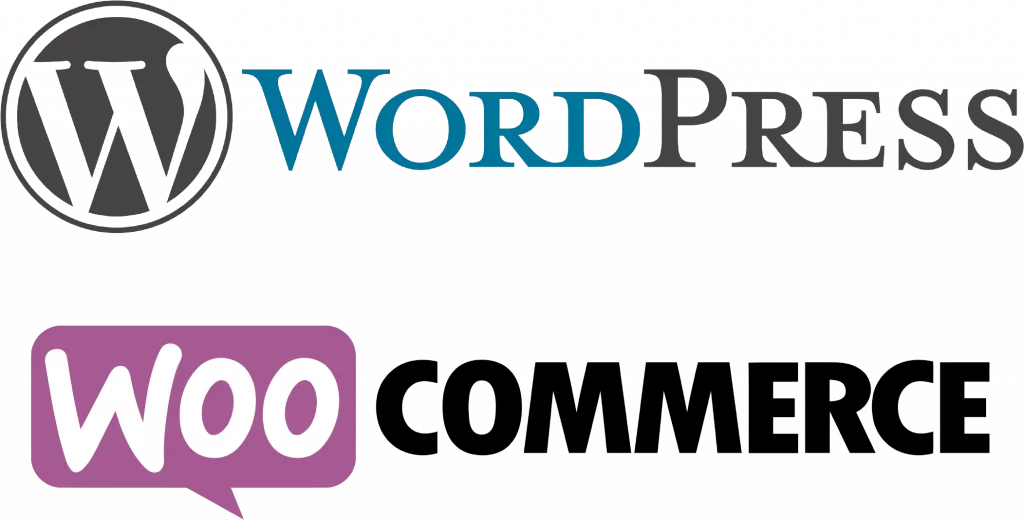
In 2010, Google released the PageRank algorithm, which put a heavy influence on website and page speed as a key ranking factor within the search engine results pages (SERPs). The importance of page speed is also backed by user experience statistics, with just over 50% of mobile website visits bouncing from a page that takes longer than 3 seconds to load up.
From Google’s perspective, if your website takes too long to load each page, their search engine will crawl less pages, resulting in an ineffective use of Google’s crawl budget. Therefore, carrying out frequent page speed tests and staying on top of this ranking factor should be one of your main priorities.
The Many Advantages of Improving Page Speed
There are three primary benefits of enhancing your websites page speed and these should more than motivate you to do so if you haven’t already.
Better Rankings in The Search Engine Results Pages
If you want to rank much better in the SERPs, optimising page loading time and overall website speed is an absolute must, amongst other factors such as page views. As mentioned before, the Google PageRank algorithm update solidified the importance of this.

Enhanced User Experience
A large portion of users these days will completely abandon any website that has poor performance, especially if a page takes a long time to load. Google has officially stated that even just a single second delay in loading time will lower user satisfaction by approximately 16%, with 80% of those users deciding not to purchase a product/service if they are unhappy with websites overall performance. By improving your page speed, you will better resonate with more users and give them more opportunity to explore your site and potentially make a purchase.
Boosting Overall Digital Marketing Performance
A fast website helps both user experience and search engine optimisation, which contributes overall to increased conversions, more sales, reduced bounce rate and quality of service. These metrics are essential towards your digital marketing performance and therefore business revenue. As it all ties in to the bigger overarching objectives, you can see why there is such an importance placed on these factors such as page speed.
8 Different Ways to Enhance Your Speed
Reducing Redirects
Having too many site redirects means more HTTP requests, which can build up over time and reduce page speed. However, never hesitate to use redirects on broken links as these are extremely important to fix. The most common redirects to use are 301 and 302 redirects for broken links, which tell search engines that a page or resource has moved. A 301 redirect is permanent and a 302 redirect is temporary. It’s recommended to carry out these redirects on the server-side (within the .htaccess file), where the web server is using HTTP to direct the browser to a new location. Using server-side over client-side means the web browser can handle these types of redirects much quicker and can cache the correct location of the file.
Compressing Files
Compressing your files is a simple and effective way to increase page speed. To do this, a recommended tool to use is Gzip. This allows you to compress the size of files such as HTML and CSS, which saves around fifty to seventy percent of the file size. This means that it takes less time to load your pages, and less bandwidth is used over all. It’s not recommended however to use Gzip of images, as this will generally alter the quality. This guide here provides an in depth explanation on how to enable Gzip compressions.

Leveraging Browser Caching
Every time a new user visits your website and loads a page, the browser has to download all the different web files to display the page, this includes images, HTML, CSS and JavaScript. This process involves each file making a separate request to the server and therefore the more requests your server gets simultaneously, the more time it takes to load a page.
Browser caching helps solve this by locally storing these files in the user’s browser. So their initial visit may take some time to load, however when they revisit your website or moves to another page, they already have the majority of the files needed to display the page.
Managing JavaScript (render-blocking)
When designing your website structure, try to avoid using any render-blocking JavaScript, including any external scripts which are fetched before they are executed. When scripts render a pages content, they can be used to bypass additional network requests.

To increase page speed through optimising JavaScript, try reducing the size of JavaScript content in terms of quantity. Also, if specific scripts are not necessarily a priority to instantly render, they should be deferred or made asynchronous until the initial render has loaded.
Decreasing The Amount of ‘White Spaces’
If you have any evident white spaces, lines or comment tags, this can add towards the total amount of HTML and on-page text, which can increase your page size and therefore your page load time, sometimes dramatically. It’s a good idea when designing or reviewing your individual pages to clear any irrelevant spaces, you can also take a look at the pages code for more detail to make the necessary changes.

Enhancing Server Response Time
There are many factors that affect the rate of server response time (SRT), including the type of software the server uses, the hosting provider and the amount of traffic landing on your site.
The recommended SRT you should set as your objective is under 200ms. Here are some steps to improve this:
- Choose a Reliable Web Hosting Provider
- Improve Database Performance
- Optimize Your Web Server
Optimising Images
When inputting images across your website, ensure to use the appropriate size and file format (PNGs and JPEGs are recommended), as well as making sure they have been compressed for loading purposes. The amount of images within the page will also have an impact on loading time, so it’s important to not go overboard with these.
![]()
If your website relies heavily on images, a good solution is to combine multiple images into fewer output files through CSS Sprites. This will improve your page speed and reduce latency, avoiding any possibility of a delay.
Using a Content Delivery Network
A Content Delivery Network (CDN) is a network of servers located in different regions that store files to be used by your website visitors. They exist as there is a measurable amount of waiting time (latency) for a user who visits a page that is hosted thousands of kilometers away.
On top of this, routing issues may also occur. By uploading your files to multiple servers across a given geographical region, you’re ensuring that the majority of your targeted users have a close by server and therefore faster page response.
Testing Page Speed
Google PageSpeed Insights
One of the better tools to use is the Google PageSpeed Insights tool. This shows you how well your website is performing when it comes to speed, grading it on a scale of 1 – 100 which is for both mobile and desktop versions. The insights measure the page in two parts, the time to load above-the-fold content and then the time to load full page content. This performance review gives you data on both desktop and mobile versions of the website.

GTmetrix Test
An alternative free tool to use is GTmetrix, which provides 6 detailed reports on website speed, including: Page Speed, Waterfall breakdown, video, timings, history and Yslow. For example, below you can see an in-depth analysis of a request-by-request visualisation using the Waterfall chart:

A great advantage of this tool over others is that you can test your performance against different connections and set-ups, such as cable or dial-up, to understand how it impacts load time.
Conclusion
Getting on top of page speed optimisation in today’s SEO environment and meeting both user and search engine expectations is an absolute must. No matter the size of your business, you need to take advantage of the available SEO tools and strategies to continue to adapt and maintain rankings in search engine results pages.










